Easy Flaky Pastry Dough Recipe: The Joy Of Cooking Classic
Crafting flaky pastry dough might seem intimidating, but our simple approach transforms kitchen anxiety into culinary confidence.
Mastering this delicate technique requires understanding the subtle science behind perfect texture and layering.
Butter plays a critical role in creating those mouthwatering, delicate pastry layers that melt on your tongue.
Professional bakers know the secret lies in keeping ingredients cold and handling the dough with gentle precision.
Temperature control makes all the difference between a dense, heavy crust and a light, ethereal pastry.
Each fold and roll builds intricate, gossamer-thin layers that promise a sublime eating experience.
The magic happens when you respect traditional techniques while bringing your personal touch to the process: get ready to elevate your baking game.
Top Perks of Flaky Pastry Dough Recipe
What’s In Flaky Pastry Dough Recipe
Flour and Salt Group:Butter Group:Liquid Group:Step-by-Step Flaky Pastry Dough Recipe
Step 1: Prepare Dry Ingredients
Mix All-purpose flour and salt in a large mixing bowl. Add cold unsalted butter cut into small cubes.
Step 2: Create Butter Crumbs
Use your fingertips to press and flatten butter into the flour. Continue working until the mixture resembles coarse, gritty cornmeal with no butter chunks larger than a small coin.
Step 3: Add Moisture
Gradually pour in ice-cold water. Gently fold with a wooden spoon until the dough looks shaggy and slightly uneven. Use your hands to break up large moisture clusters.
Step 4: Develop Dough Structure
Perform fraisage technique by pushing dough against the bowl’s sides with your knuckles. This helps distribute butter and create flaky layers. Fold dough over itself several times to incorporate any dry bits.
Step 5: Shape Initial Dough
Gently press dough into a flat disk. If the dough feels warm, refrigerate for 5-10 minutes to keep butter cold.
Step 6: Create Laminated Layers
On a lightly floured surface, roll dough into a 10-by-12-inch rectangle. Fold the short ends toward the center like a business letter.
Step 7: Continue Folding
Rotate dough 90 degrees and fold again. Repeat one more time, turning 90 degrees for the final fold.
Step 8: Rest and Store
If dough feels cool, it’s ready to use. Otherwise, wrap in plastic wrap and chill for 20 minutes. The dough can be stored in the refrigerator for up to 1 week or frozen for 1 month.
Flaky Pastry Dough Recipe Tricks You Should Know
Flaky Pastry Dough Recipe Storage Guide
Twists on Flaky Pastry Dough Recipe
Flaky Pastry Dough Recipe Recap
Pastry mastery reaches new heights with this classic dough technique.
Flaky layers whisper culinary secrets passed through generations of bakers.
Butter-laden flour transforms into delicate, crisp perfection through careful manipulation.
You can craft incredible pastries with these precise steps.
Rich textures emerge from simple ingredients and calculated techniques.
Passionate bakers, your culinary adventure awaits – share this recipe, spark kitchen conversations, and inspire delicious creativity among fellow pastry enthusiasts.
Print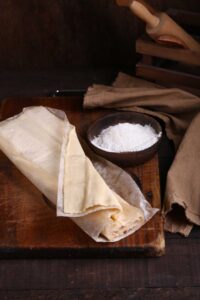
Joy Of Cooking Flaky Pastry Dough Recipe
- Total Time: 50 minutes
- Yield: 10 1x
Description
Delicate French pastry dough reveals culinary magic with simple ingredients and precise technique. Buttery layers promise elegant desserts and savory creations that will transport you to Parisian kitchen bliss.
Ingredients
Main Ingredients:
- 1 pound (454 grams) all-purpose flour
- 1 pound (454 grams, 4 sticks) unsalted butter
Seasoning:
- ½ teaspoon kosher salt
Liquid Ingredients:
- 6 ounces (177 milliliters) ice-cold water
- 1 teaspoon (5 milliliters) lemon juice
Instructions
- Combine all-purpose flour (250 grams or 8.8 ounces) and salt in a spacious mixing vessel. Integrate cold unsalted butter (225 grams or 8 ounces), methodically crushing and flattening with fingertips until mixture resembles coarse, grainy texture similar to cornmeal.
- Gradually introduce ice-cold water, gently incorporating with a wooden utensil. Maintain a rough, uneven consistency without aggressive mixing. Use palms to break down substantial moisture pockets and smooth uneven areas.
- Execute fraisage technique by pushing dough against bowl’s edges using knuckles, ensuring butter distributes evenly and creates potential for delicate, layered pastry. Systematically fold dough over itself multiple times to capture loose, dry ingredients from bowl’s bottom.
- Delicately shape dough into a compact circular disk. Monitor temperature closely; if dough feels warm, pause and refrigerate for 5-7 minutes to maintain optimal butter consistency.
- Transfer dough onto lightly dusted work surface. Roll into precise rectangular shape measuring approximately 25 by 30 centimeters (10 by 12 inches). Implement classic book-fold technique: fold one shorter edge toward center, then overlay second edge.
- Rotate dough 90 degrees, repeating folding process to create additional intricate layers. This method enhances structural integrity and creates potential for flakier final product.
- Evaluate dough’s temperature. If sufficiently chilled, proceed with recipe. Otherwise, encase in plastic membrane and refrigerate for 20-30 minutes. Dough remains viable for seven days refrigerated or up to one month when frozen.
Notes
- Slice cold butter into small cubes for easier integration with flour.
- Gently mix ingredients until just combined, avoiding excessive kneading.
- Refrigerate dough for at least 30 minutes to relax gluten and prevent shrinkage.
- Dust work surface sparingly with flour to prevent dough from becoming dry.
- Fold and turn dough minimally to preserve delicate, layered butter pockets.
- Prep Time: 30 minutes
- Cook Time: 20 minutes
- Category: Snacks, Desserts
- Method: Blending
- Cuisine: American
Nutrition
- Serving Size: 10
- Calories: 1126.5 kcal
- Sugar: 0 g
- Sodium: 118.5 mg
- Fat: 83 g
- Saturated Fat: 52 g
- Unsaturated Fat: 31 g
- Trans Fat: 0 g
- Carbohydrates: 104.25 g
- Fiber: 3.25 g
- Protein: 12.5 g
- Cholesterol: 205 mg

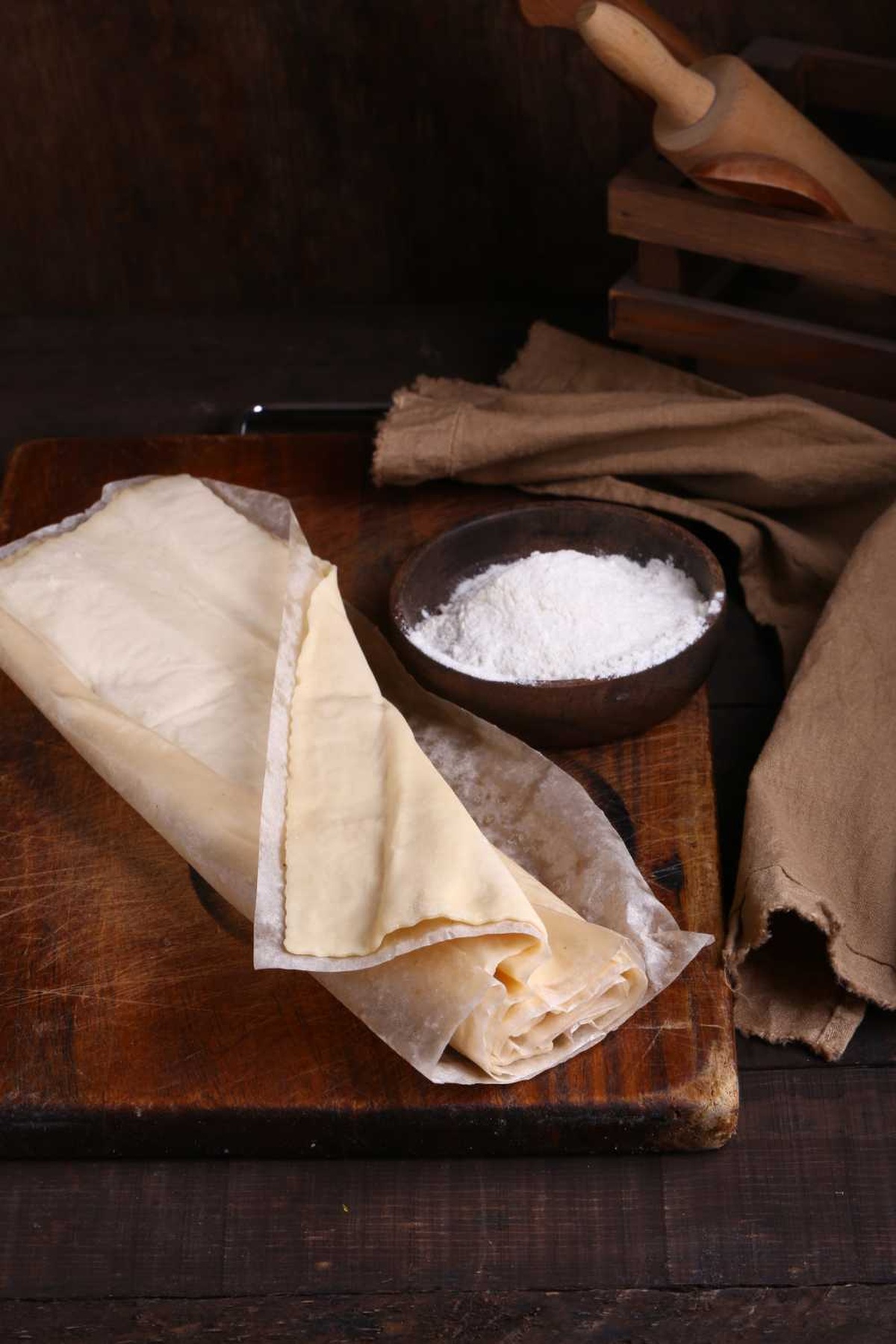
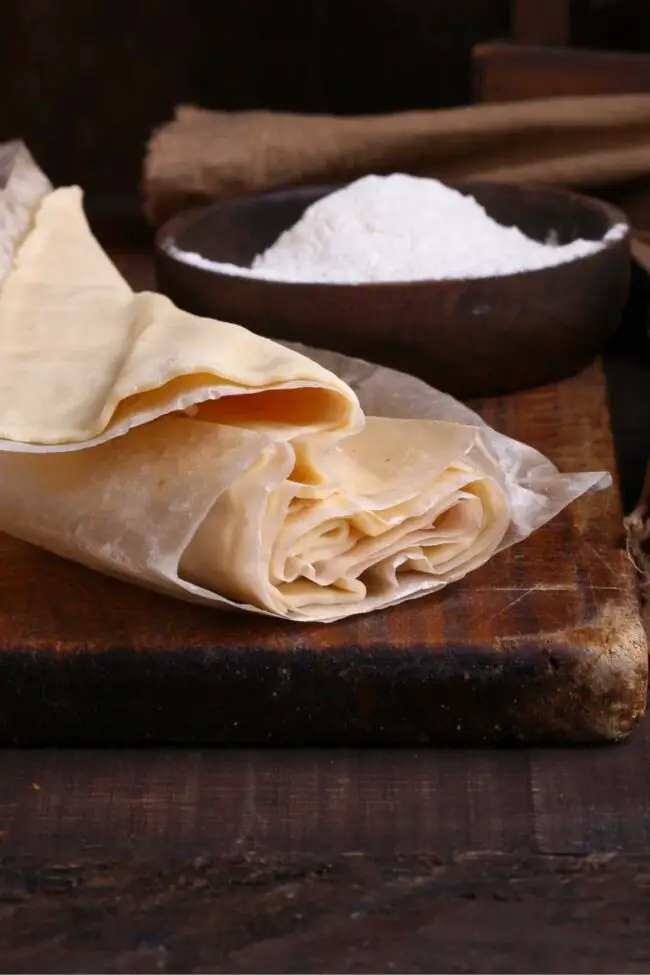
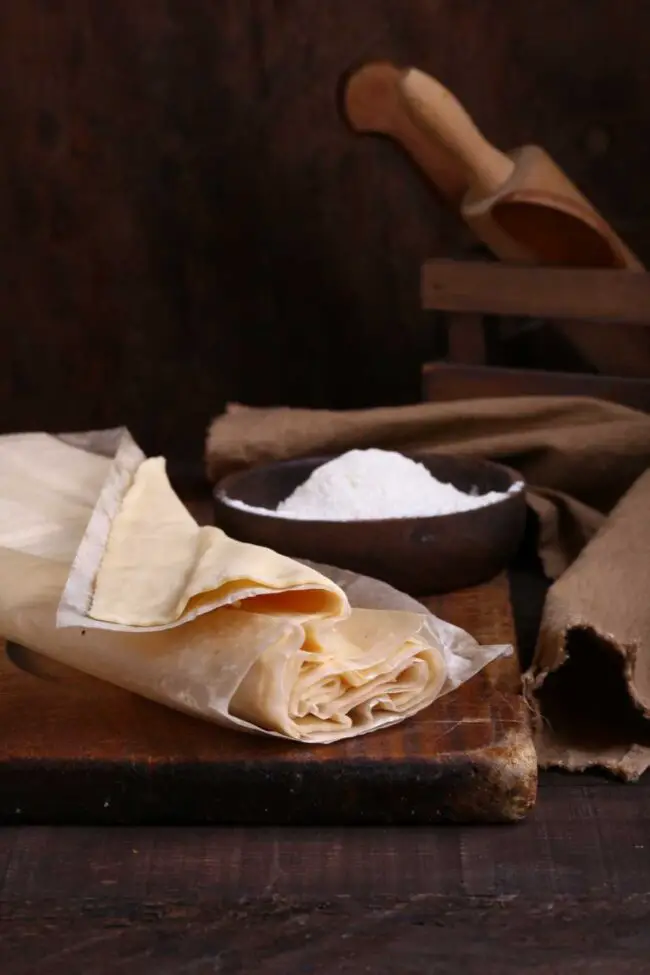
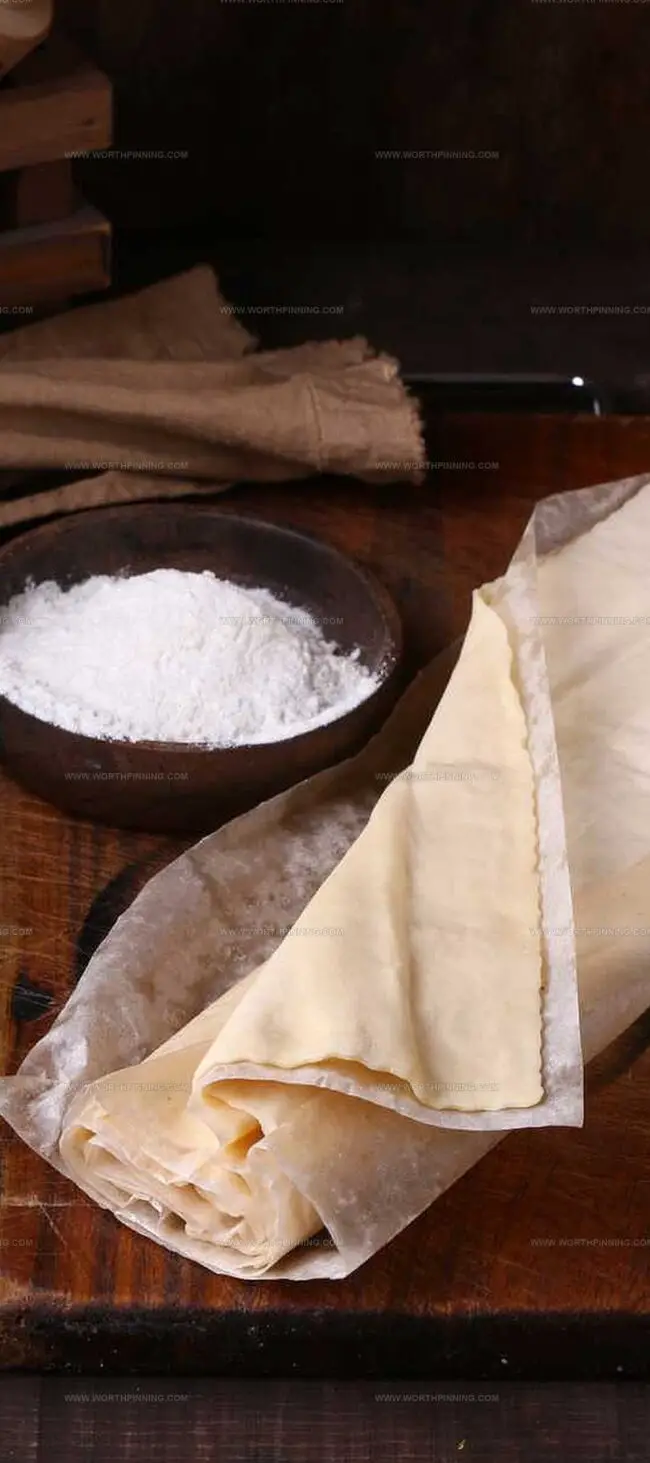
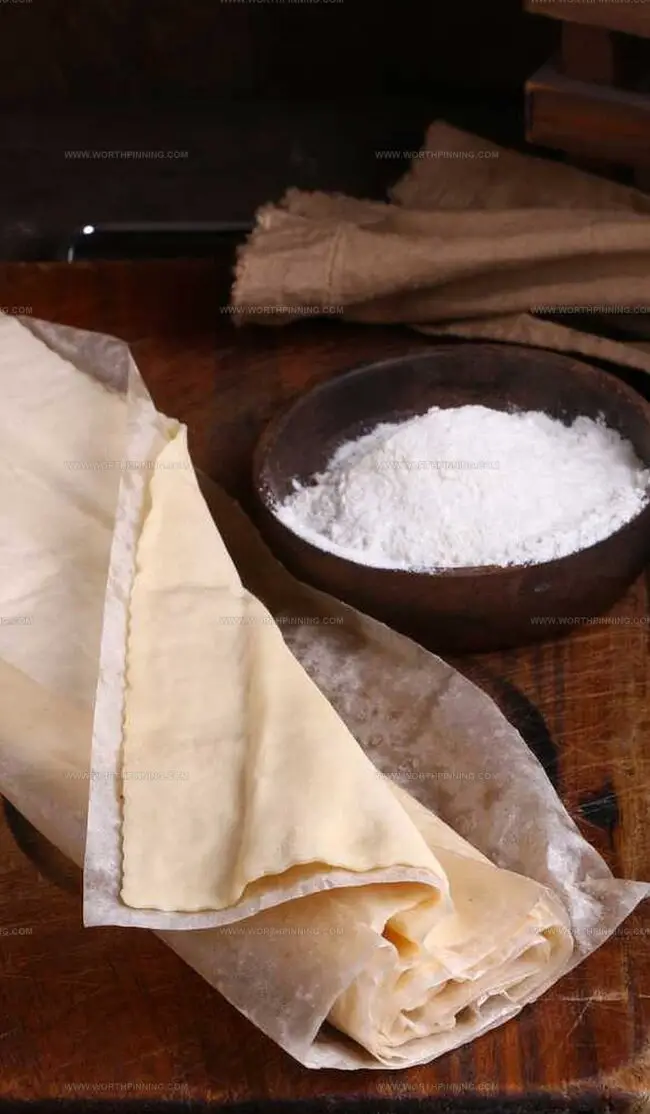
Ethan Miller
Founder & Lead Content Writer
Expertise
Education
Portland Community College
Culinary Institute of the Pacific
Ethan’s culinary journey began in his grandmother’s kitchen, where he first learned to play with flavors and ingredients. With formal training in culinary arts and a deep love for international cuisines, Ethan’s goal is to share the joy of cooking with others.
He believes food is all about creativity and bringing people together, one meal at a time. When he’s not experimenting with new dishes, he enjoys hiking in the Oregon wilderness and discovering fresh, local ingredients.